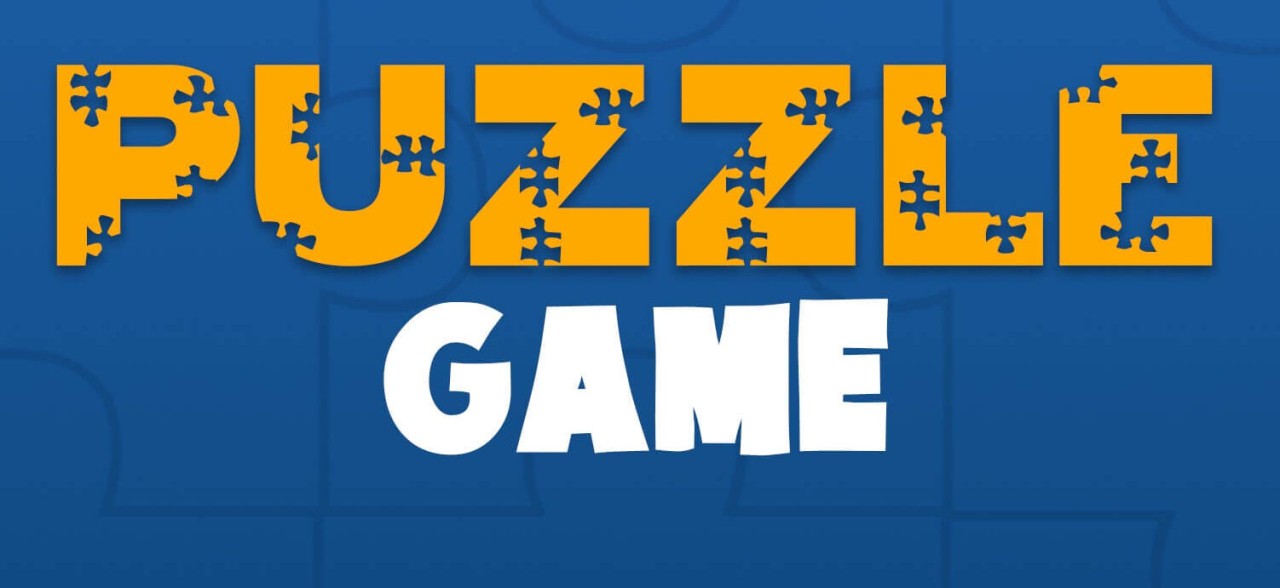Puzzles, often considered a classic pastime, have captured the imagination of individuals of all ages throughout generations. Whether you’re a curious beginner or a passionate veteran, let’s delve into the fascinating art of playing puzzles.
Choosing the Right Puzzle:
The first step to entering the puzzle world is choosing the right puzzle. Options abound, from simple puzzles for children to complex challenges for seasoned enthusiasts. Opt for a theme that intrigues you, whether it’s a beautiful piece of art, a scenic landscape, or even an abstract representation. The variety of puzzles ensures that everyone can find something that suits their tastes.
Prepare Your Workspace:
Before delving into puzzle assembly, prepare a comfortable and well-lit workspace. Avoid distractions and create a place where you can fully focus on your puzzle. A sturdy table, good lighting, and a comfortable chair are essential elements for a successful puzzle experience.
Sorting the Pieces:
When you have your puzzle in front of you, start by sorting the pieces. Group them by color, pattern, or edges. This significantly simplifies the assembly process, as you can focus on specific sections rather than searching through all the pieces at once.
Edge Assembly:
Begin by assembling the edge pieces to form the basic structure of the puzzle. This provides a solid foundation for the rest of the assembly. Once the outline is in place, you can venture into the heart of the puzzle by gradually adding pieces to the center.
Find Landmarks:
As you progress, look for landmarks. These could be distinct colors, repeating patterns, or unique shapes. These landmarks make it easier to identify pieces and speed up the assembly process.
Patience and Perseverance:
Puzzles are an exercise in patience. Don’t get discouraged by apparent challenges. If a section seems difficult, take a break, breathe deeply, and come back to it later. Perseverance is the key to overcoming obstacles and successfully completing the puzzle.
Enjoy the Reward:
Once the last piece is in place, take a moment to admire your accomplished work. Assembling a puzzle is more than just an activity; it’s an achievement that brings personal satisfaction. Frame your masterpiece or disassemble it to put it back together again.
In conclusion, playing puzzles is more than just a pastime. It’s a stimulating mental exercise that offers hours of entertainment and satisfaction. Whether alone or with friends and family, puzzles are a timeless activity that sparks creativity, enhances concentration, and provides a welcome break from the whirlwind of everyday life. So, choose your puzzle, prepare for the challenge, and dive into the captivating world of piece assembly.
